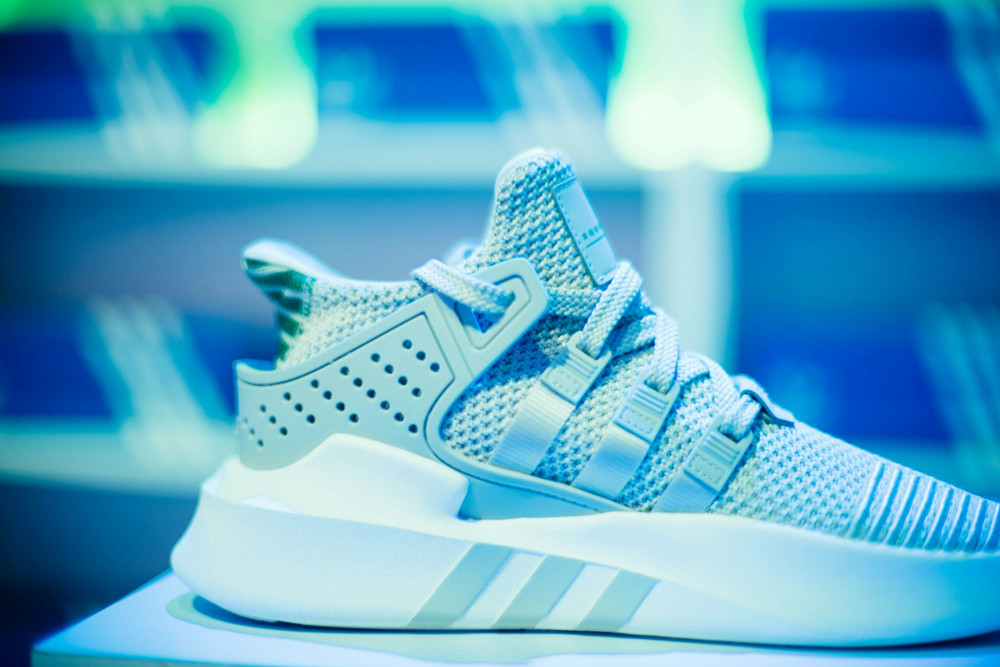
How Much Does Jordan Cost To Make
The iconic Air Jordan sneakers have transcended their original purpose as basketball shoes to become a cultural phenomenon. With their association with Michael Jordan, one of the greatest basketball players of all time, these shoes are not only athletic wear but also a status symbol. However, many sneaker enthusiasts and casual buyers alike often wonder about the costs associated with producing a pair of Jordans. This article will delve into the various factors that contribute to the production cost of Air Jordans, including materials, labor, marketing, and the overall business model of the Jordan brand.
Understanding the Components of Production Costs
To get a clearer picture of how much it costs to make a pair of Jordans, it’s essential to break down the various components involved in the production process. The main factors include raw materials, manufacturing, labor, shipping, marketing, and overhead costs. Each component plays a significant role in determining the final price of the shoes that consumers see in stores.
Raw Materials
The first major cost factor in producing Jordans is the raw materials used in their construction. Air Jordans are typically made from high-quality materials, including leather, synthetic fabrics, rubber, and foam. The price of these materials can fluctuate due to market conditions, but on average, the cost of materials for a single pair of Jordans can range from $25 to $40. For instance, premium leather used in the upper part of the shoe is often more expensive than synthetic alternatives, contributing to the overall cost.
Manufacturing Process
The manufacturing process of Jordans is intricate and involves several stages, including cutting, stitching, assembly, and quality control. Most Air Jordans are produced in factories located in countries such as Vietnam, China, and Indonesia, where labor costs are lower compared to Western countries. The manufacturing cost per pair can vary, but it generally falls within the range of $20 to $30. This cost includes all the processes from the initial cutting of materials to the final assembly of the shoes.
Labor Costs
Labor costs are a significant aspect of the overall production cost. While the wages in manufacturing countries are lower than in the U.S. or Europe, the cost of labor still contributes to the final price of the shoes. It’s estimated that labor costs might account for about 10-15% of the total manufacturing cost. For Air Jordans, this could translate to around $5 to $10 per pair, depending on the complexity of the design and the level of craftsmanship required.
Shipping and Distribution
Once the shoes are manufactured, they need to be shipped to various markets around the world. Shipping costs can be substantial, especially for a brand like Jordan that distributes globally. The cost of shipping a pair of shoes can range from $2 to $10, depending on the distance, shipping method, and logistics involved. This expense is crucial as it ensures that the product reaches retailers and customers in a timely manner.
Marketing and Branding
One of the most significant costs associated with the Jordan brand is marketing. Nike invests heavily in advertising campaigns, endorsements, and partnerships to maintain the brand’s status and appeal. The cost of marketing can vary widely, but it is not uncommon for brands to spend upwards of $100 million annually on marketing efforts. While this cost is not directly reflected in the production of each pair of shoes, it is an essential part of the overall business strategy that helps drive sales and maintain brand value.
Overhead Costs
Overhead costs encompass expenses that are not directly tied to the production of a single pair of shoes but are necessary for the business to operate. This includes costs for research and development, administrative expenses, and facility maintenance. These costs can contribute an additional $5 to $10 to the price of each pair of Jordans, further adding to the total production expense.
Retail Price vs. Production Cost
With all these factors considered, the total cost to produce a pair of Air Jordans can be estimated to be between $70 and $100. However, the retail price of Jordans often ranges from $160 to $250 or more, depending on the model and exclusivity. This significant markup accounts for the brand's perceived value, marketing expenses, and the profit margin that Nike aims to achieve. The disparity between production cost and retail price highlights the business strategy employed by the Jordan brand, focusing on premium pricing to maintain its status as a luxury sneaker.
The Economic Impact of the Jordan Brand
The Jordan brand has had a substantial economic impact on the sneaker industry and retail market. With millions of pairs sold each year, the brand generates billions in revenue for Nike. This success has positioned Jordan as one of the most recognizable and profitable brands in the world of sports and fashion. The brand’s influence extends beyond sneakers; it has permeated popular culture, music, and streetwear, making it an integral part of modern fashion.
Consumer Perception and Brand Loyalty
The perception of the Jordan brand plays a crucial role in its pricing strategy. Consumers are often willing to pay a premium for Jordans due to their association with Michael Jordan, their quality, and their cultural significance. Brand loyalty among Jordan fans is intense, with collectors often seeking out limited edition releases and collaborations. This loyalty allows Nike to maintain higher price points without significant pushback from consumers.
In conclusion, the cost to make a pair of Jordans is a complex interplay of various factors, including raw materials, manufacturing, labor, shipping, marketing, and overhead expenses. While the production cost may range from $70 to $100, the retail price reflects a multitude of elements, including brand prestige and consumer willingness to pay. The Jordan brand remains a powerhouse in the sneaker industry, combining quality, style, and cultural significance to maintain its status as a leader in the market.


